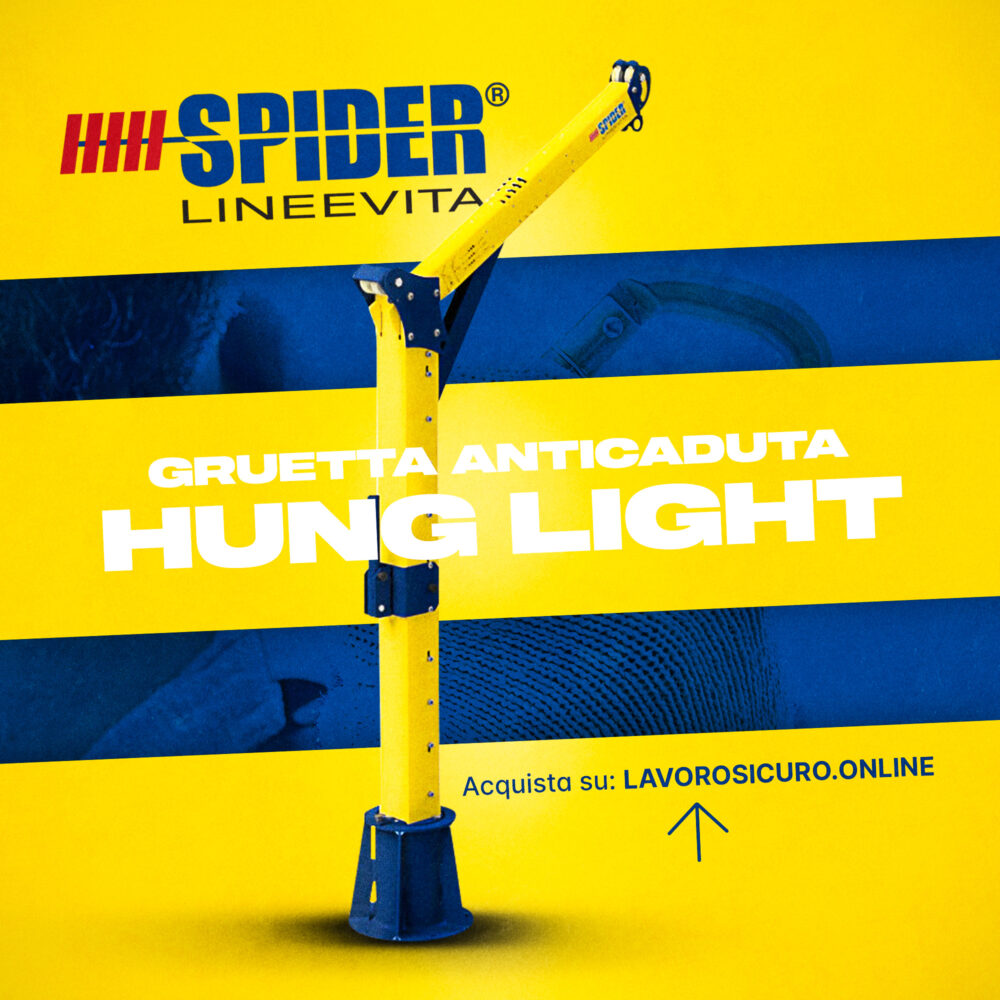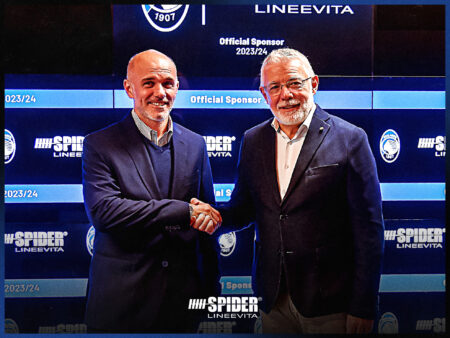We have already addressed the issue of confined spaces or confined spaces in some previous articles (Article 1, Article 2;).
We will re-address some topics that will give life to a vademecum to always keep at hand or “click”.
When a worker operates in a totally or partially closed environment, which prevents or limits their movements, we can hypothesize that it is a space where there are high risk factors.
This is just one of the situations where we can easily identify a confined environment. To make the idea of confined spaces more understandable, here are some practical examples:
There is no real figure who has that role. We mentioned in a previous article the DVR (Risk Assessment Document). That is, that document, regulated by Legislative Decree 81/08 that identifies the dangers and risks deriving from its activity and for which the consequent prevention measures must be planned and adopted.
For confined spaces the same regulation applies, with specific reference to articles 17 and 28 of Legislative Decree 81/08. The figures who go to sign the document and have the obligation are mainly the Employer, the RSPP and the competent Doctor. Nothing prevents the employer from making use of specialized professional figures, it being understood that the three figures mentioned above will always sign the document.
According to Legislative Decree 81/08, the worker(s) entering the confined environment must meet the qualifications described in the regulation. We report for convenience the main ones.
for more information please refer to the reading of the TU (1/08 updated edition on the website ispettorato.gov.it
The consolidated text (Legislative Decree 81/08) provides Annex 2 which details, by way of example, what are the possible risk factors for confined spaces.
Risk Assessment should always be kept in mind. Once the factors have been identified, we will behave accordingly, always referring to current legislation.
The main devices used are the following:
If you want to have an overview visit our reference portal
The training aspect is very important and mandatory for all those figures who find themselves working in confined spaces or suspected of pollution.
as well as those people who are not directly involved but who must verify the working methods of the staff.
The regulation, specifically in the Annex A section of Legislative Decree 81/08, regulates the organization, the requirements of the teachers and the bodies to which reference should be made.
The courses of confined spaces are among those of the Specific Training, or those courses that include a minimum duration of 4, 8 or 12 hours, taking into account the risks related to the tasks and possible damages. They are also subject to periodic repetitions.
To establish the duration is the classification of the risk according to the ateco correspondence and is exemplified as follows:
“The contents and duration are subject to the outcome of the risk assessment carried out by the employer, without prejudice to collective bargaining and procedures agreed at sectoral and/or company level and should therefore be understood as a minimum. The training course and related topics can be expanded according to the nature and extent of the risks actually present in the company, thus increasing the number of hours of training required.” Annex A point 4.
Yes, the certificates are issued directly by the organizers of the courses based on the attendance parameter which amounts in all cases to at least 90% of the amount of hours except for specific courses intended for supervisors and managers who provide for the passing of the verification test.
certificates to be valid must, in addition to being issued by certified bodies, have the following minimum common elements (as described in point 7 paragraph 6 of Annex A)
For updates, please refer to the consolidated text in point 9 of Annex A

 Events
Events